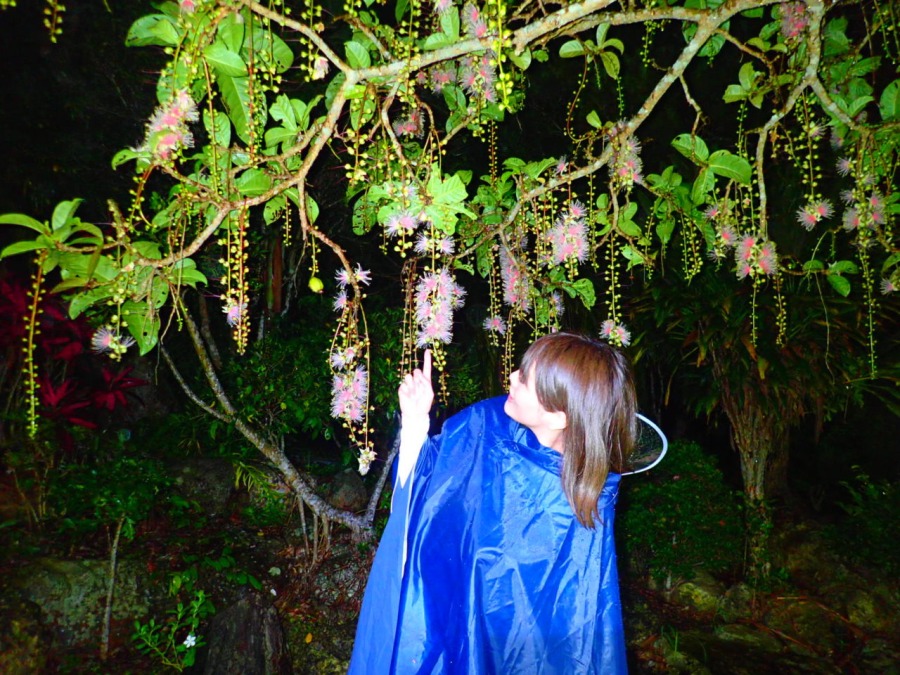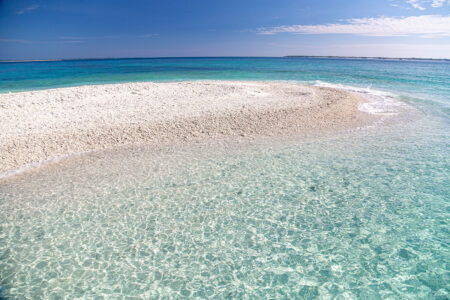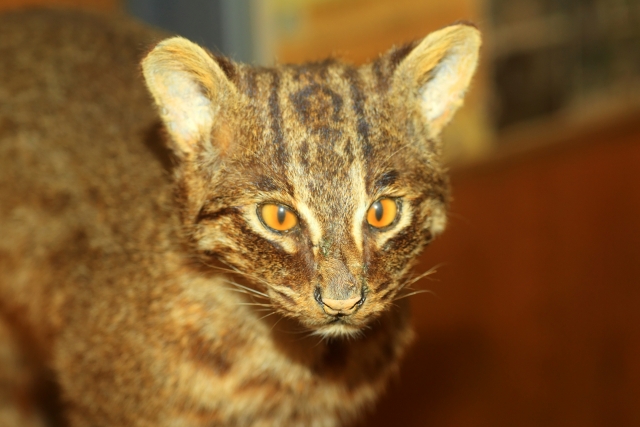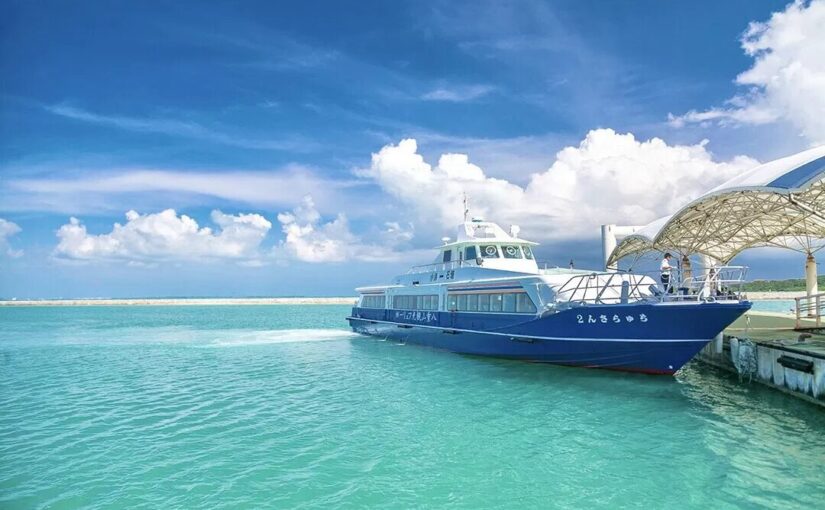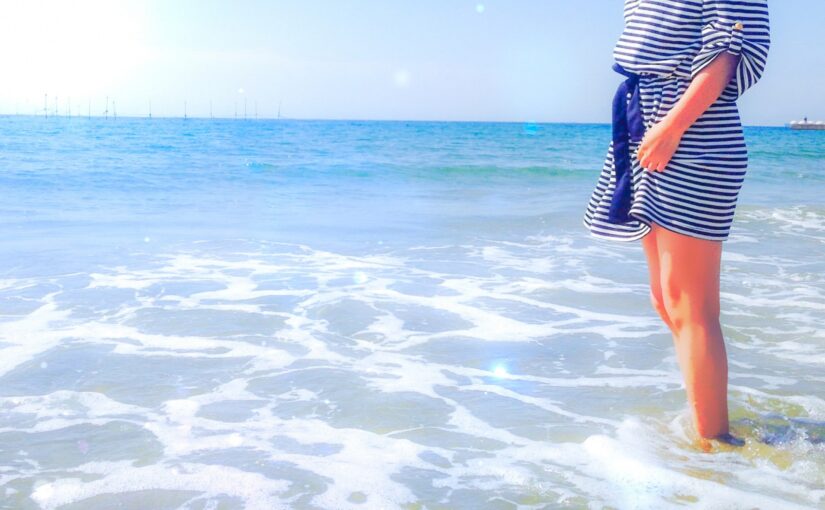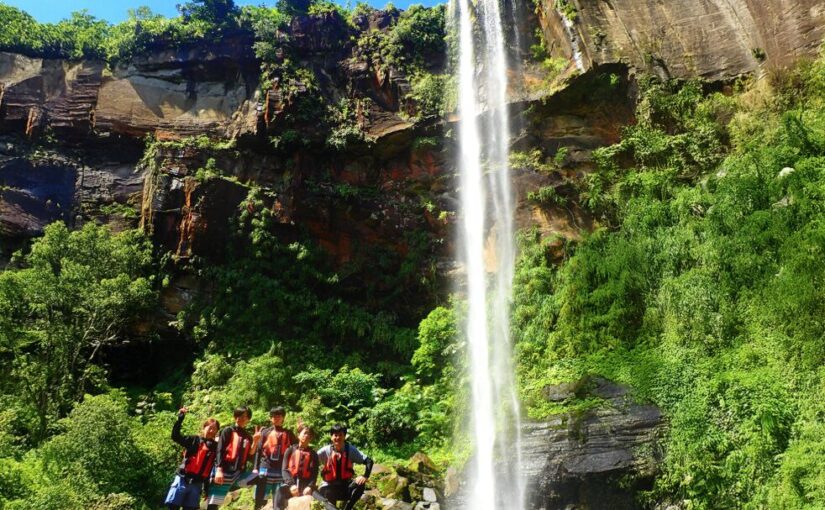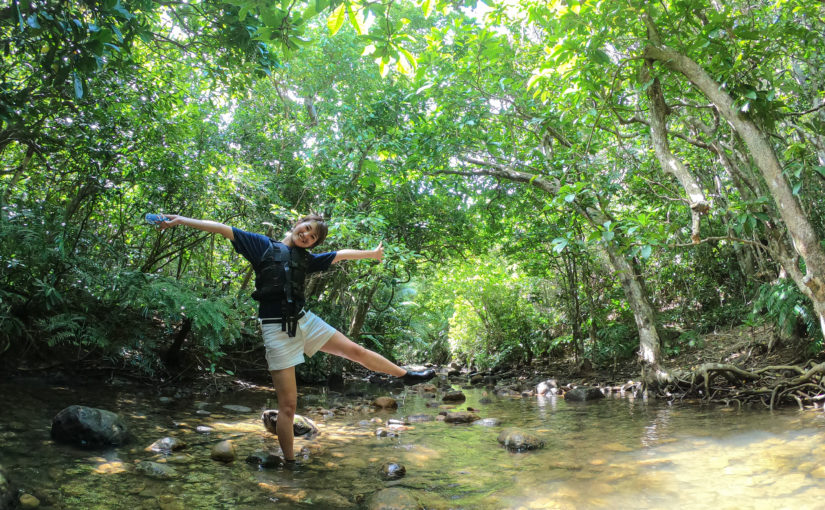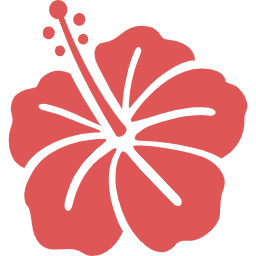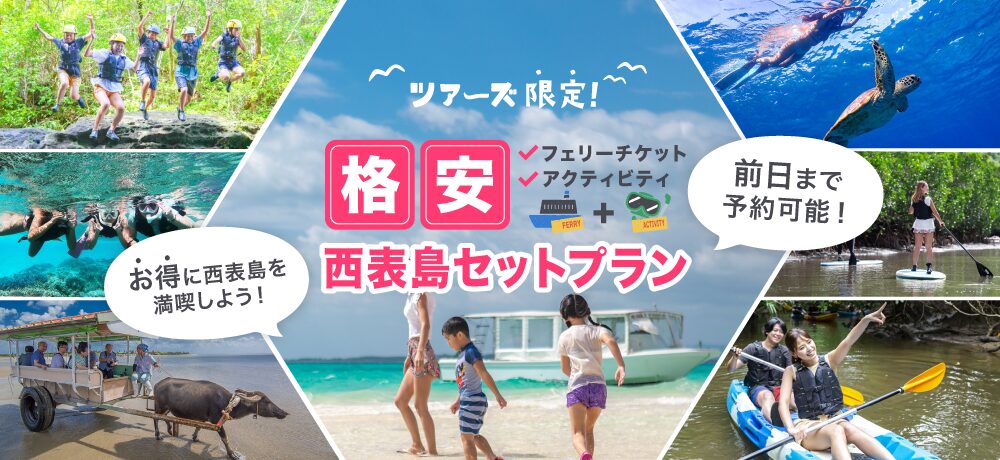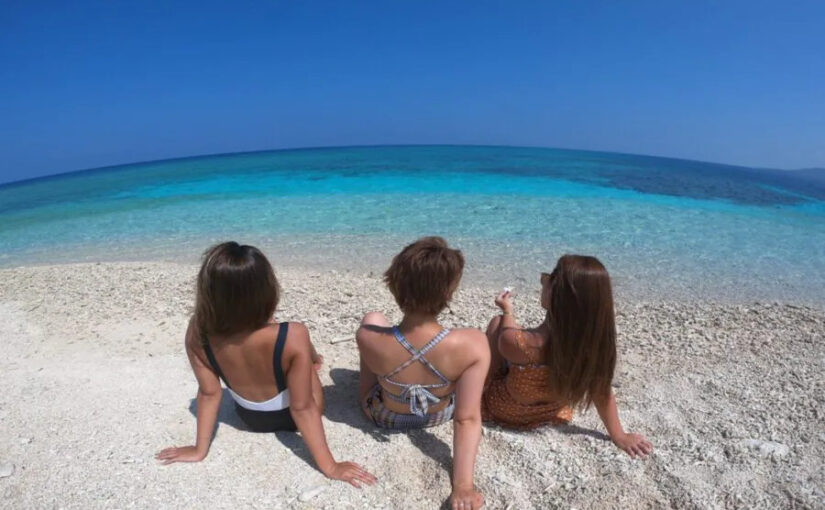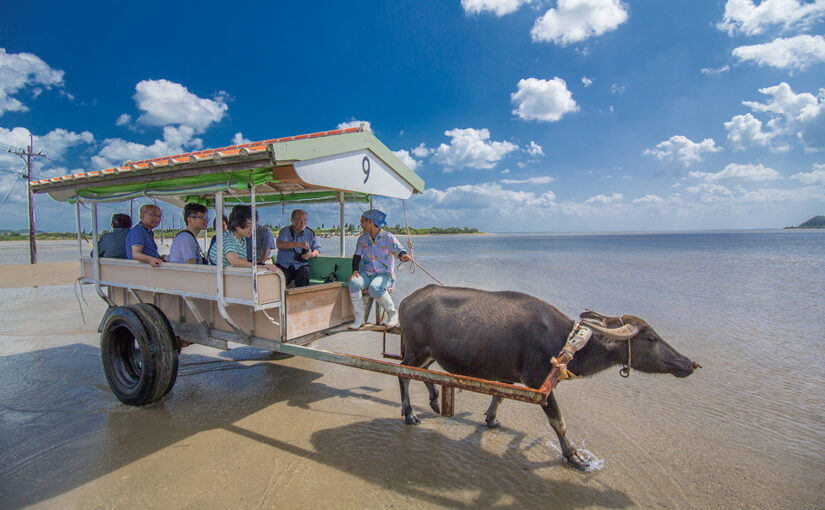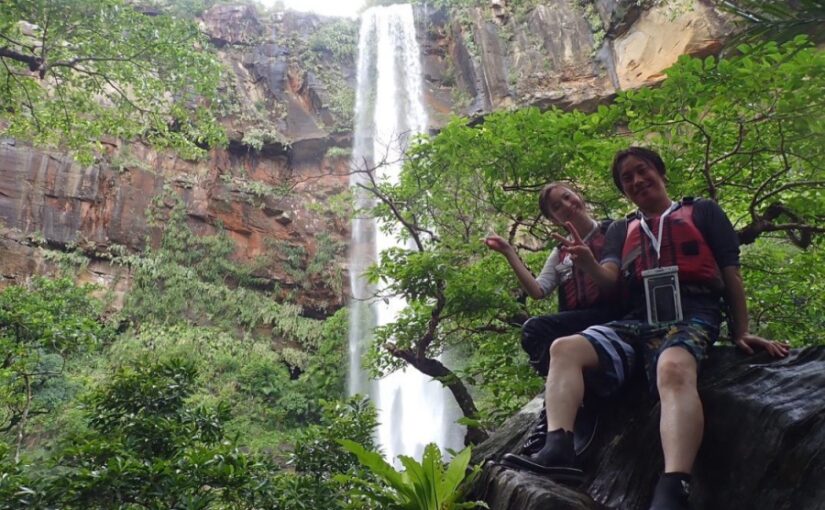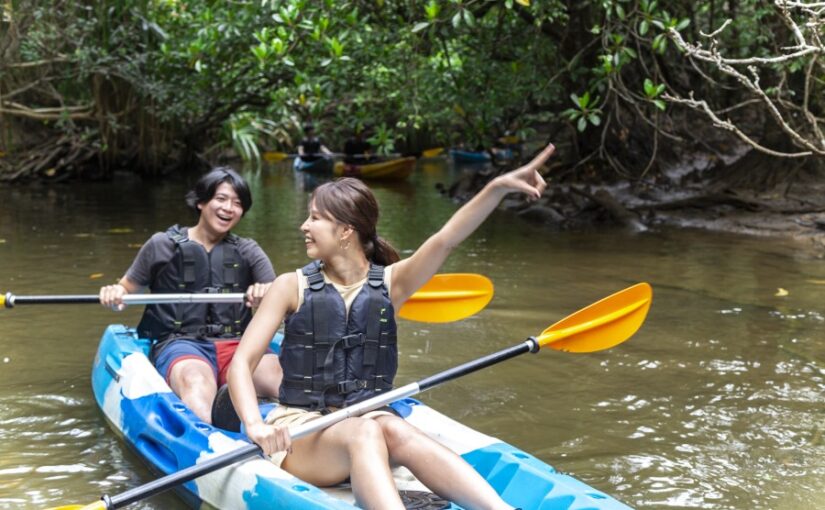Illustrated botanical garden of Iriomote Island! Let's discover tropical charms such as sagaribana and banyan!
Table of Contents
- 1 Botanical illustrations of tropical charm Iriomote Island! Let's discover sagaribana, banyan, and more!
- 2 Typical plants you can encounter in Iriomote Island
- 3 What other plants can be seen? Observation spots and recommended season
- 4 Recommended tours for plant observation☆.
- 5 Preparation and points to make observation more fun☆.
- 6 summary
A botanical illustrated book of tropical charm Iriomote Island!
Discover sagaribana, banyan trees and more!
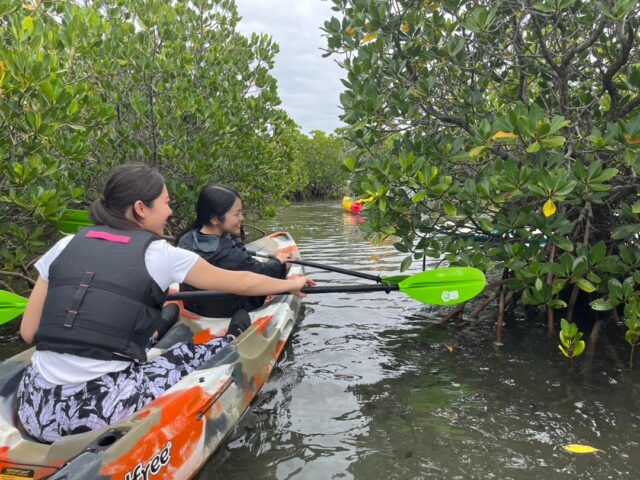
Iriomote Island is surrounded by rich subtropical nature, and the four seasons are colored by unique plants.
Fantastic blooming at nightflower petals fallen on water, resembling a spider flower (esp. Pelecanoides urinatrix)and extend the mysterious aerial root.banyan treeand other plants unique to the tropics!
◆ those who are interested in the nature and plants of Iriomote Island.
◆To learn about nature observation spots and seasons
◆For those who are looking for activities to enjoy nature
Click here to book Iriomote Island ferry tickets.
Here are some fascinating plants you can encounter in Iriomote Island☆.
Typical plants you can encounter in Iriomote Island
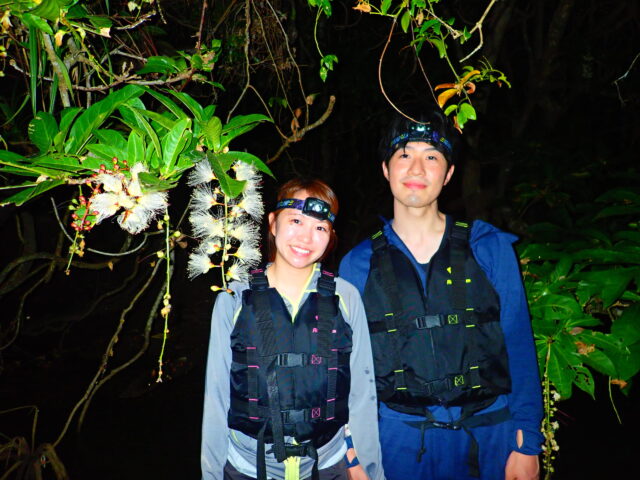
Iriomote Island is home to many rare plants that can be found only here in Japan. Of particular note are "sagaribana", "banyan tree", and "mangrove forest".
We will introduce in detail three plants that symbolize the unique natural charm of Iriomote Island!
Enjoy the fantastic blooming of Sagaribana☆.
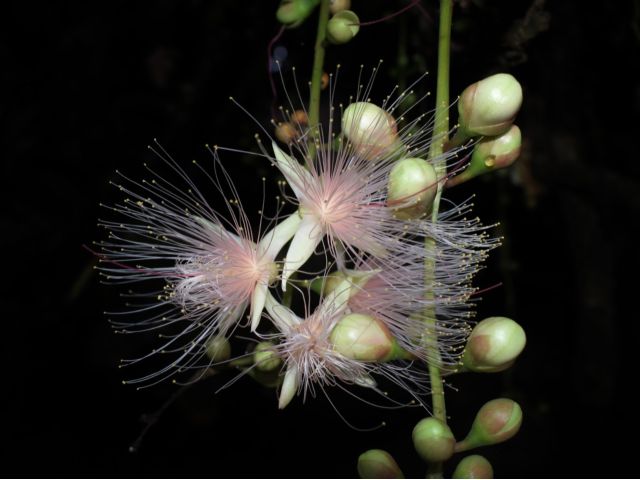
Sagaribana isBest viewed around the end of the rainy season from June to JulyIt is a tropical flower that blooms at night and falls in the morning.
The sight of white and light red flowers hanging down and coloring the waterside with a fantastic fragrance is truly a spectacular sight♪
In Iriomote Island, along the riverSagaribana night tour by canoeis very popular, and many tourists come to see this spectacle, which can only be seen early in the morning.
⬇︎ for recommended tours that include Sagaribana.
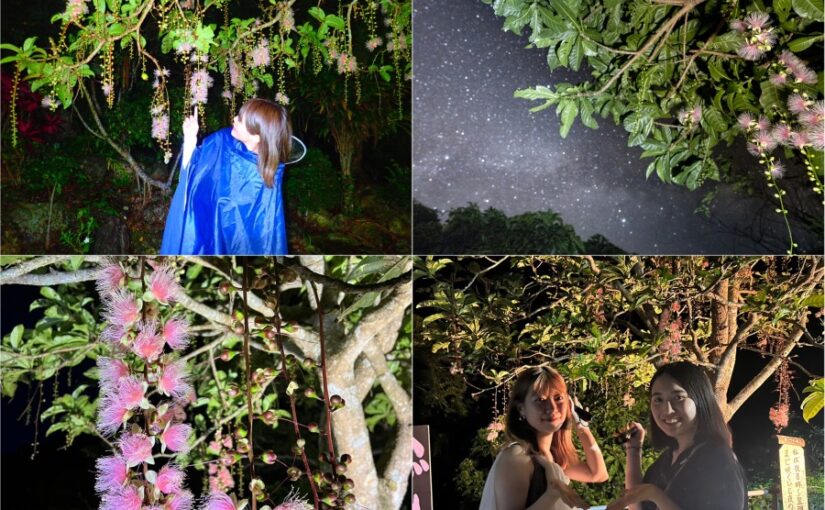 Jungle night tour to see "Sagaribana", a fantastic flower that falls in one night (No.13)開始時間20:00-22:00所要時間Approx. 2 hours5,900 yen →directional marker or indicator4,900suffix for names of swords, armour, musical instruments, etc.
Jungle night tour to see "Sagaribana", a fantastic flower that falls in one night (No.13)開始時間20:00-22:00所要時間Approx. 2 hours5,900 yen →directional marker or indicator4,900suffix for names of swords, armour, musical instruments, etc.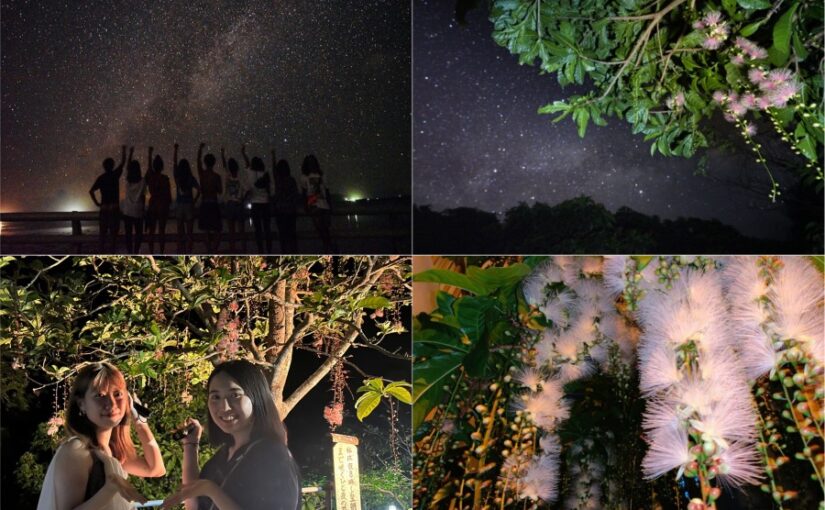 Iriomotejima Island/2 hours] June-August only ◆Summery summer in Iriomote Island ☆Sagaribana viewing & starry sky jungle night tour (No.138)開始時間20:00~22:00所要時間Approx. 2 hours8,900 yen →directional marker or indicator7,900suffix for names of swords, armour, musical instruments, etc.
Iriomotejima Island/2 hours] June-August only ◆Summery summer in Iriomote Island ☆Sagaribana viewing & starry sky jungle night tour (No.138)開始時間20:00~22:00所要時間Approx. 2 hours8,900 yen →directional marker or indicator7,900suffix for names of swords, armour, musical instruments, etc. Iriomotejima Sagaribana Tour
Click here to see the popularity ranking
The mystery and life force that resides in the banyan tree!
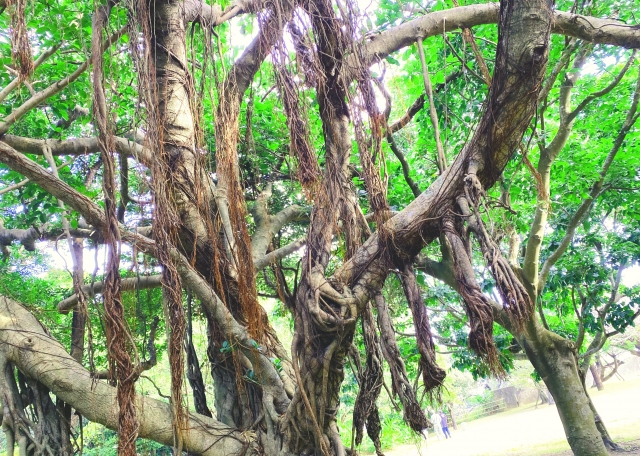
Banyan trees are common in the forests of Iriomote Island and form huge trees. In OkinawaThe tree where the spirit dwells.The area is also known as "Kijimuna," and there is a legend of a fairy called "Kijimuna.
The thick trunks and intertwining roots give off a powerful life force, and just observing them will make you feel as if you are in touch with the energy of nature♪
Mangrove Forest and its Ecosystem in Iriomote Island
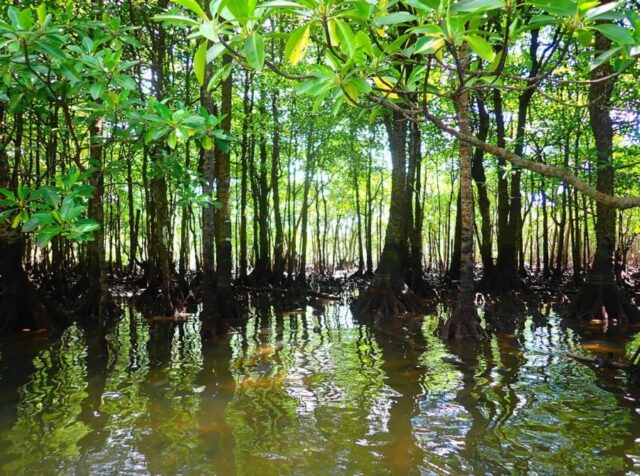
In the estuaries and wetlands of Iriomote Island,One of the largest mangrove forests in Japanis spreading!
Plants adapted to the environment where seawater and freshwater mix with each other due to the ebb and flow of the tide have unique roots and ecology, forming a unique ecosystem together with the organisms of the tidal flats.
◆◆◆
◆ ◆ ◆
⬇︎ for recommended tours that include mangroves.
 Tours Limited Discount】Iriomotejima⇆Iragakijima Ferry Ticket Included★Do the standard! Iriomotejima Mangrove SUP or Canoe Half Day Course★Free Photo (No.559)開始時間8:00-15:20 / 11:00-17:55所要時間Approx. 5-6 hours14,670 yen →directional marker or indicator13,000suffix for names of swords, armour, musical instruments, etc.
Tours Limited Discount】Iriomotejima⇆Iragakijima Ferry Ticket Included★Do the standard! Iriomotejima Mangrove SUP or Canoe Half Day Course★Free Photo (No.559)開始時間8:00-15:20 / 11:00-17:55所要時間Approx. 5-6 hours14,670 yen →directional marker or indicator13,000suffix for names of swords, armour, musical instruments, etc. Tours Limited Discount】Iriomotejima⇆Ishigakijima Ferry Ticket Included★Mangrove SUP or Canoe & "Miracle Island" Barasu Island Snorkeling Tour★Free Photo(No.485)開始時間8:00-17:55所要時間Approx. 9 hours27,470 yen →directional marker or indicator20,100suffix for names of swords, armour, musical instruments, etc.
Tours Limited Discount】Iriomotejima⇆Ishigakijima Ferry Ticket Included★Mangrove SUP or Canoe & "Miracle Island" Barasu Island Snorkeling Tour★Free Photo(No.485)開始時間8:00-17:55所要時間Approx. 9 hours27,470 yen →directional marker or indicator20,100suffix for names of swords, armour, musical instruments, etc.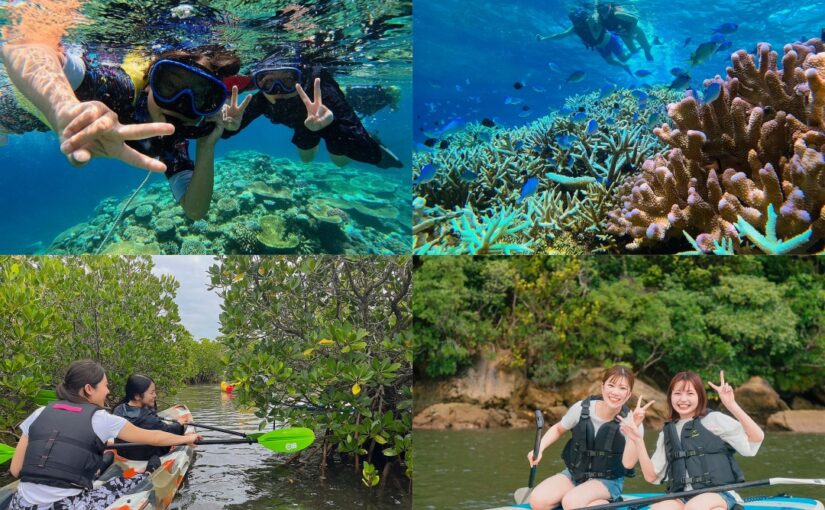 Special Winter SALE 【Iriomotejima / 1 Day】Iriomotejima Unique Experience ☆Mangrove SUP/Canoe & Snorkeling Tour★Free Photo(No.84)開始時間9:00-15:30所要時間Approx. 6.5 hours19,800 yen →directional marker or indicator13,800suffix for names of swords, armour, musical instruments, etc.
Special Winter SALE 【Iriomotejima / 1 Day】Iriomotejima Unique Experience ☆Mangrove SUP/Canoe & Snorkeling Tour★Free Photo(No.84)開始時間9:00-15:30所要時間Approx. 6.5 hours19,800 yen →directional marker or indicator13,800suffix for names of swords, armour, musical instruments, etc.Click here for mangrove tour popularity ranking
What other plants can be seen?
Observation spots and recommended season
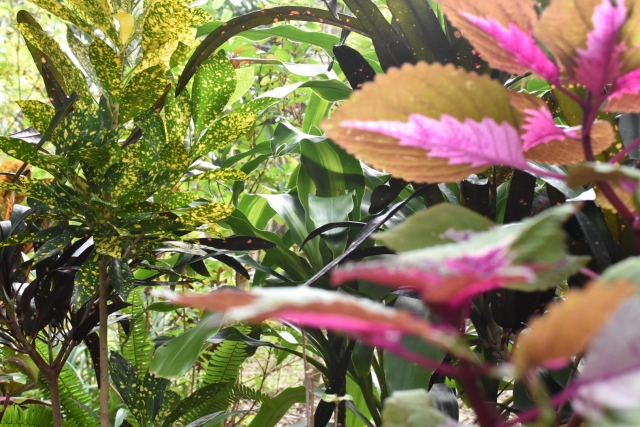
Iriomote Island has many spots suitable for plant observation, and guided tours are available to visit them efficiently.
Individual walks are also possible, and we will introduce some of the plants that can be found on Iriomote Island!
sugarcane (Saccharum officinarum)
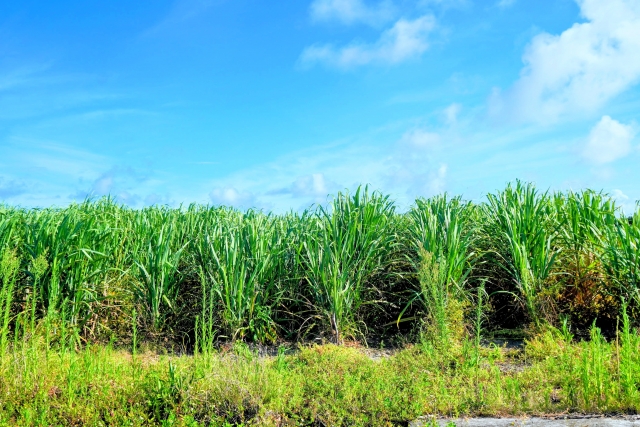
Sugarcane, which grows in the tropical sun, is an essential agricultural crop in the landscape of Iriomote Island.
The tall stalks are filled with sweet juice and are known as the source of brown sugar. Its appearance is impressive as it swaying in the wind.
◆Season: December - March (harvest season)
island banana (var. of banana)
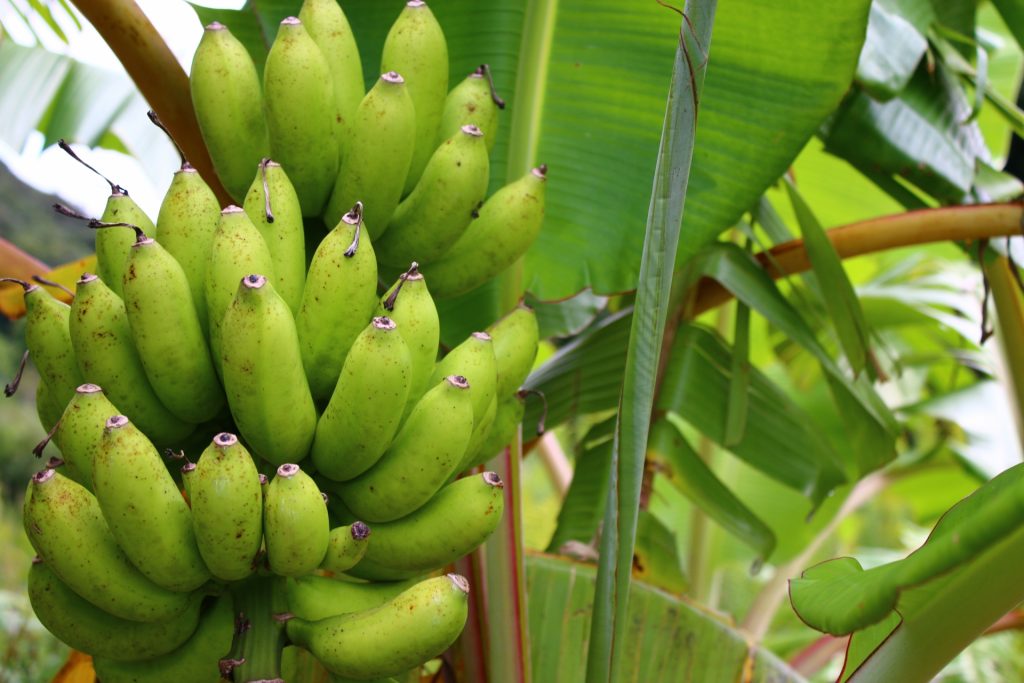
A variety unique to the island, it is smaller than most bananas but has a rich sweetness.
When fully ripe, the skin turns black and the fragrance becomes stronger. It is often seen in private gardens and along forest edges.
◆Season: July-October (harvest season)
Matsubara's red rockfish (Sebastes matsubarae)
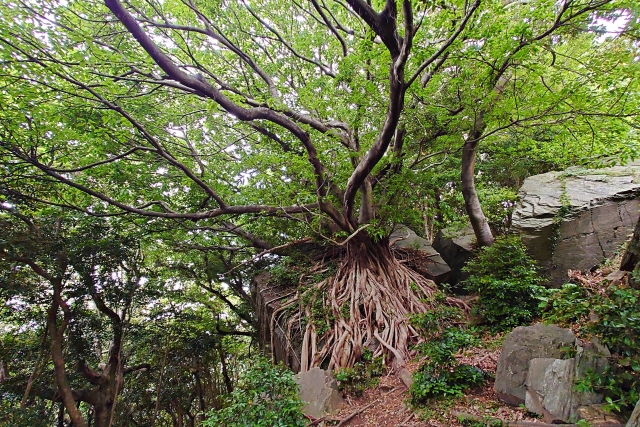
A tall tree of the mulberry family that grows along subtropical coastlines, it is characterized by the numerous aerial roots that hang down from its branches.
It grows to encompass the trunk and may even cover other trees. It is a powerful life force.
◆Season: Year-round (actually from May to July)
water yam (Dioscorea alata)
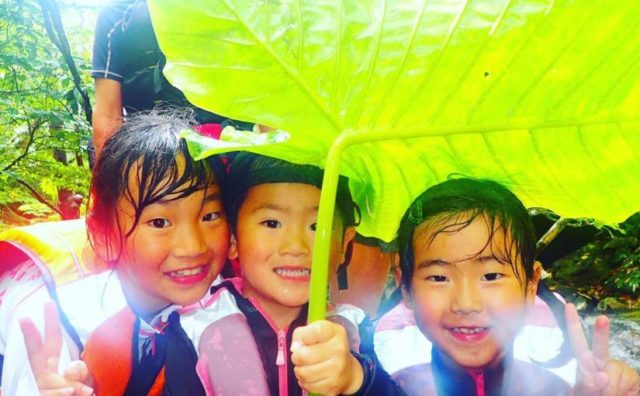
It is popular as a houseplant because of its giant heart-shaped leaves.â
As the name suggests, it is inedible, but it grows in clusters along the water's edge and in forests, creating a jungle atmosphere typical of Iriomote Island.
◆Season: Year-round
modama
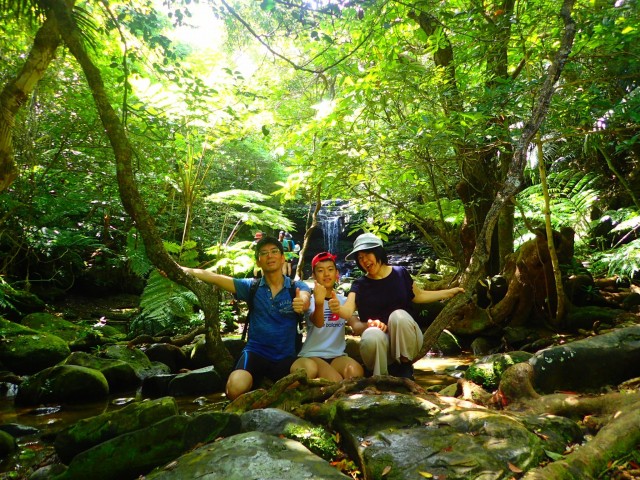
One of the largest legumes in the world, it vines like a wisteria and bears huge beans (pods) that grow to over a meter long.
Mysterious in appearance, it is known as a tropical wonder plant.
◆Season: September to December (when the fruits are at their best)
⬇︎ for recommended tours that include Modama.
 World Heritage Iriomote Island] Participation is possible from 3 years old! Jungle Trekking Tour to Kula Falls《Comes with free photo data gift》(No.45)開始時間9:00-11:30 / 13:00-15:30所要時間Approx. 2.5 hours5,900 yen
World Heritage Iriomote Island] Participation is possible from 3 years old! Jungle Trekking Tour to Kula Falls《Comes with free photo data gift》(No.45)開始時間9:00-11:30 / 13:00-15:30所要時間Approx. 2.5 hours5,900 yen
pandanus fruit
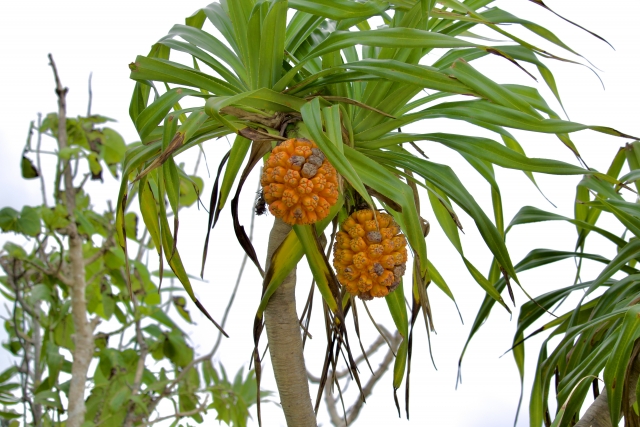
A member of the taconut family that produces pineapple-like fruit, it is commonly found in coastal forests.
The leaves are thin and sharply spiked, and the berries are used to make traditional handicrafts.
◆Season: June-October (fruit ripens)
sicklepod (Senna obtusifolia)
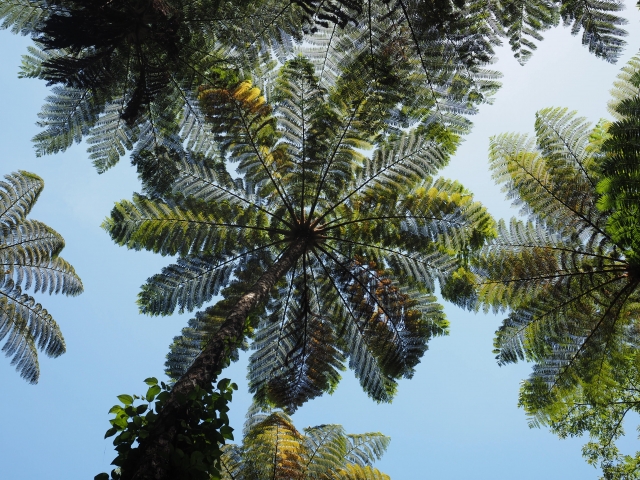
This giant fern, designated as a prefectural tree of Okinawa Prefecture, creates a landscape that makes you feel as if you have wandered into a prehistoric forest.
It is characterized by its upright trunk and spreading leaves.
◆Season: Year-round
Gilan elm (Ulmus davidiana var. japonica)
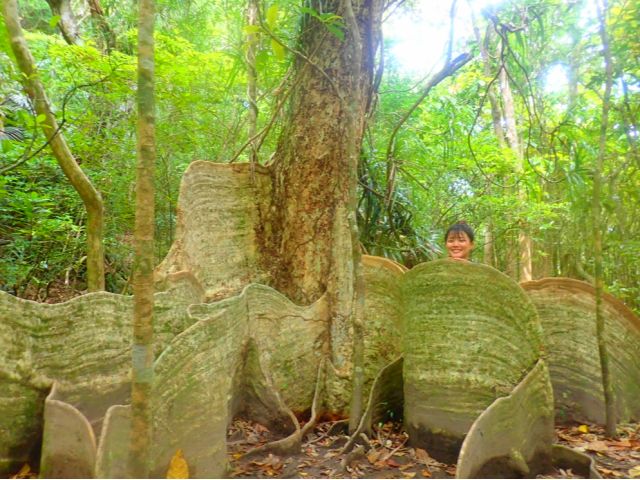
A small tree of the mulberry family, it is characterized by its unique appearance, with fruit growing directly from the trunk and branches.
The fruits ripen to a reddish-purple color and are an important food source for wild birds and insects.
◆Season: May-August (fruit ripens)
⬇︎ for recommended tours that include Girang Inuvialiwa.
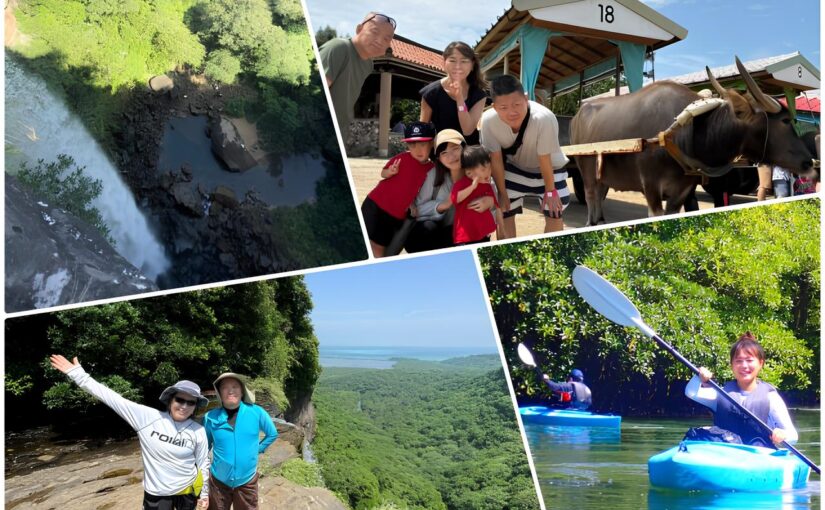 Iriomotejima/one day] Popular set☆Yubu Island & Pinaisara Falls (mangrove canoeing & jungle trekking) Tour♪《lunch・transportation included・picture gift》(No.154開始時間9:00-16:00所要時間Approx. 7 hours18,000 yen
Iriomotejima/one day] Popular set☆Yubu Island & Pinaisara Falls (mangrove canoeing & jungle trekking) Tour♪《lunch・transportation included・picture gift》(No.154開始時間9:00-16:00所要時間Approx. 7 hours18,000 yen
Recommended tours for plant observation☆.
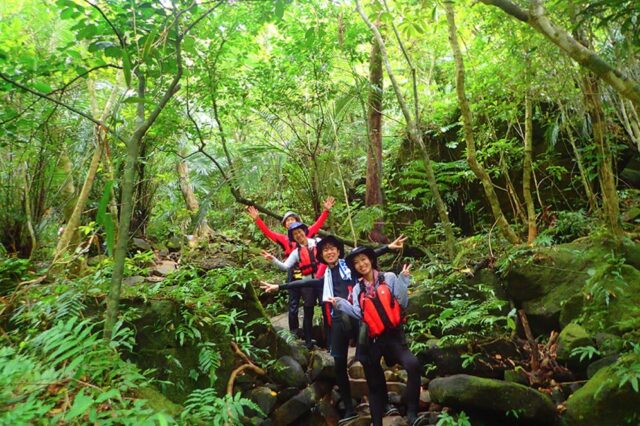
If you want to experience the rich nature of Iriomote Island, a tour for plant observation is recommended.
While savoring the subtropical forest with all your senses, you will have many chances to see rare plants and flowers that you would not normally encounter☆ Here are some recommended plans that are full of attractions!
Iriomotejima Island / 1 day] Let's go looking for rare plants!
Yutun Waterfall Trekking Tour
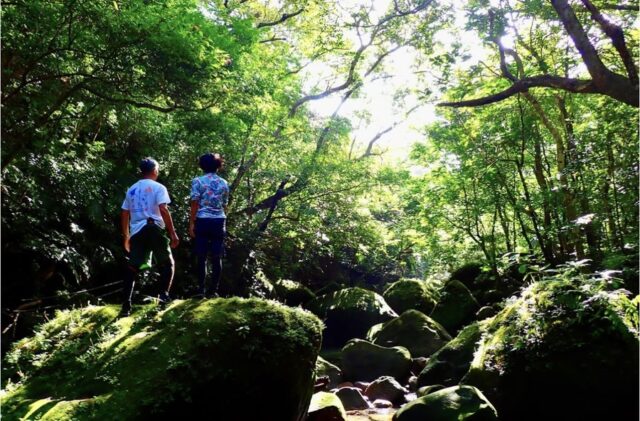
The best trekking route in Iriomote IslandA tour of the Three-level Falls in Yutun, where there are many scenic spots!You can enjoy trekking to the end to the unique scenery in Iriomote Island.
Along the way, you can encounter rare plants you have never seen before, such as natural swinging vines and oversized bean modama, and there are several bathing spots.
◆Big swing crane
◆Ryukyu Tsubabuki
◆Himemodama, famous for Jack and the Beanstalk
etc...
⬇︎ for more information on recommended trekking tours.
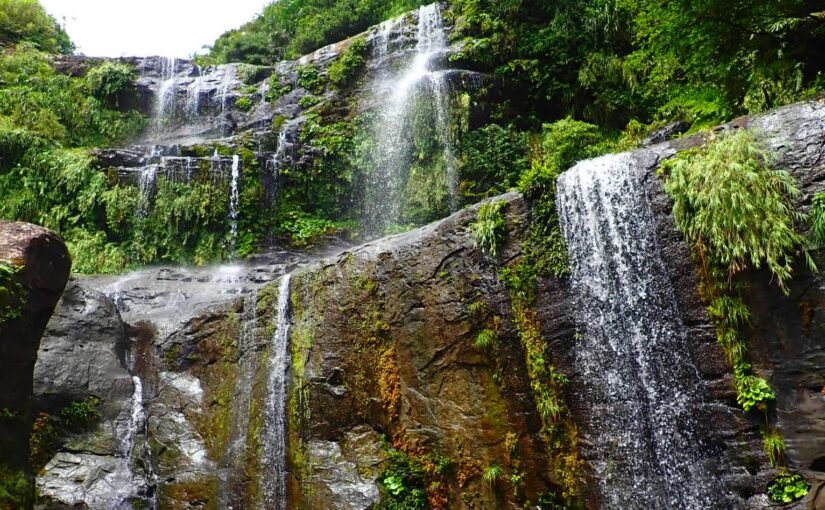 Iriomotejima Island / 1 day] The impressive and spectacular view from the highest peak of the island! Yutun Waterfall Trekking Tour《Including Lunch & Day Trip from Ishigaki Island OK》 Let's go looking for rare plants♪ (No.29)開始時間9:00-15:30所要時間Approx. 6 hours15,000 yen
Iriomotejima Island / 1 day] The impressive and spectacular view from the highest peak of the island! Yutun Waterfall Trekking Tour《Including Lunch & Day Trip from Ishigaki Island OK》 Let's go looking for rare plants♪ (No.29)開始時間9:00-15:30所要時間Approx. 6 hours15,000 yenLearn more about jungle trekking tours at ⬇︎
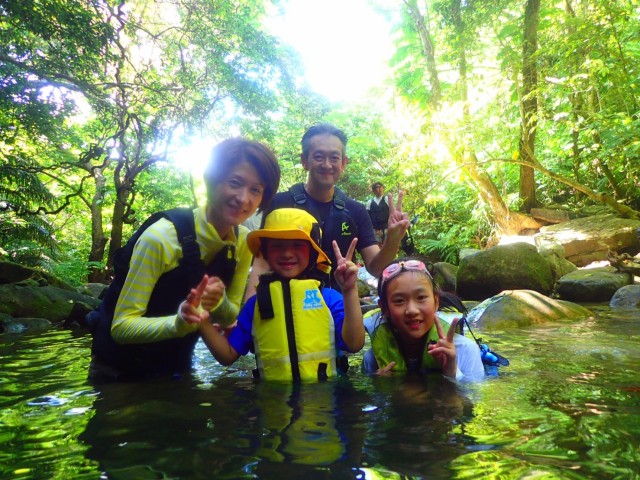 Iriomotejima Jungle Trekking Tour Jungle trekking tour to enjoy with your eyes while walking through the virgin forests of Iriomote Island, and enjoy the chirping of animals with your ears! (42 total) アクティビティの詳細を見る
Iriomotejima Jungle Trekking Tour Jungle trekking tour to enjoy with your eyes while walking through the virgin forests of Iriomote Island, and enjoy the chirping of animals with your ears! (42 total) アクティビティの詳細を見る
Morning tour / around Ohara Port】3 years old and up are welcome to join!
Nakama River Mangrove Canoe Tour
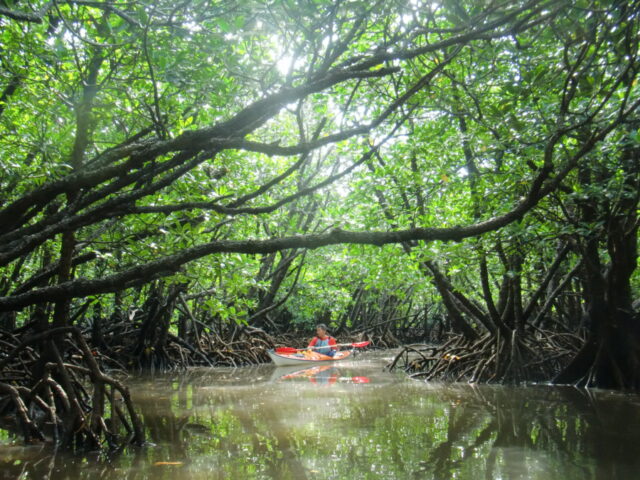
Half-day mangrove kayaking (canoeing) tour♪You can enjoy the nature of Iriomote in a quiet and relaxing atmosphere.We will take you to the field.
The river near the mouth of the Nakama River is over 200 meters wide, and the view of the magnificent river and mangroves from the Nakama Bridge is exceptional! Mangrove forests extend over approximately 300 hectares on both banks of the river, one of the largest in Japan.
⬇︎ for more information on mangrove canoe (kayak) tours.
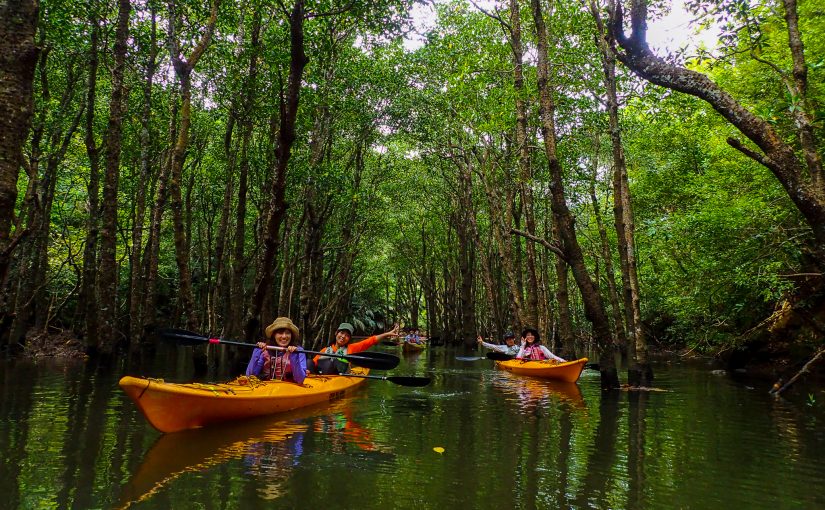 Mangrove kayak tour of the Nakama River, which boasts the largest watershed area in Japan (No.104)開始時間9:20 (or 9:50) - 12:30所要時間Approx. 3 hours8,800 yen
Mangrove kayak tour of the Nakama River, which boasts the largest watershed area in Japan (No.104)開始時間9:20 (or 9:50) - 12:30所要時間Approx. 3 hours8,800 yenLearn more about mangrove tours at ⬇︎
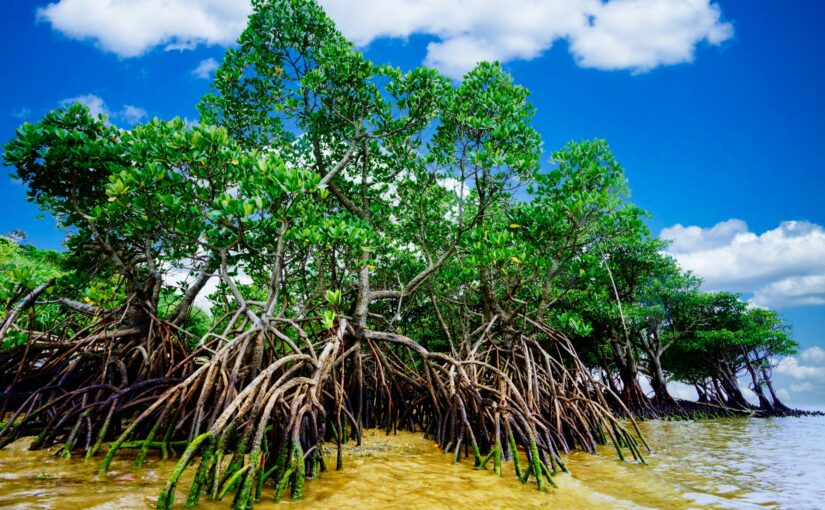 Mangrove Tour Mangrove Tour in Iriomote Island The charm of Iriomote Island is "mangroves" that spread over a wide area. 90% or more is a subtropical jungle, and why not have an adventure in the World Natural Heritage Iriomote Island? This time, we will introduce the mangroves of Iriomote Island [...]. (37 total) アクティビティの詳細を見る
Mangrove Tour Mangrove Tour in Iriomote Island The charm of Iriomote Island is "mangroves" that spread over a wide area. 90% or more is a subtropical jungle, and why not have an adventure in the World Natural Heritage Iriomote Island? This time, we will introduce the mangroves of Iriomote Island [...]. (37 total) アクティビティの詳細を見る
Same-day reservations OK!
Jungle Night Tour to see "Sagaribana
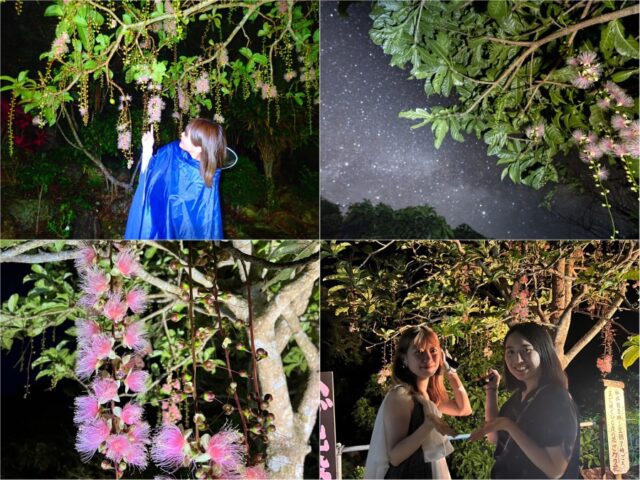
Night tour in the jungle of Iriomote Island in search of "Sagaribana," a "phantom flower" that blooms only one night.
Tours offered only from April to AugustAnd the sagaribana, which can only be seen at limited times of the year and at limited times of the day, is fleeting and lovely. Enjoy the jungle of Iriomote Island where nocturnal creatures become active at once after sunset!
⬇︎ for more information on recommended night tours.
 Jungle night tour to see "Sagaribana", a fantastic flower that falls in one night (No.13)開始時間20:00-22:00所要時間Approx. 2 hours5,900 yen →directional marker or indicator4,900suffix for names of swords, armour, musical instruments, etc.
Jungle night tour to see "Sagaribana", a fantastic flower that falls in one night (No.13)開始時間20:00-22:00所要時間Approx. 2 hours5,900 yen →directional marker or indicator4,900suffix for names of swords, armour, musical instruments, etc.⬇︎ for more information about Iriomote Island Night Tour
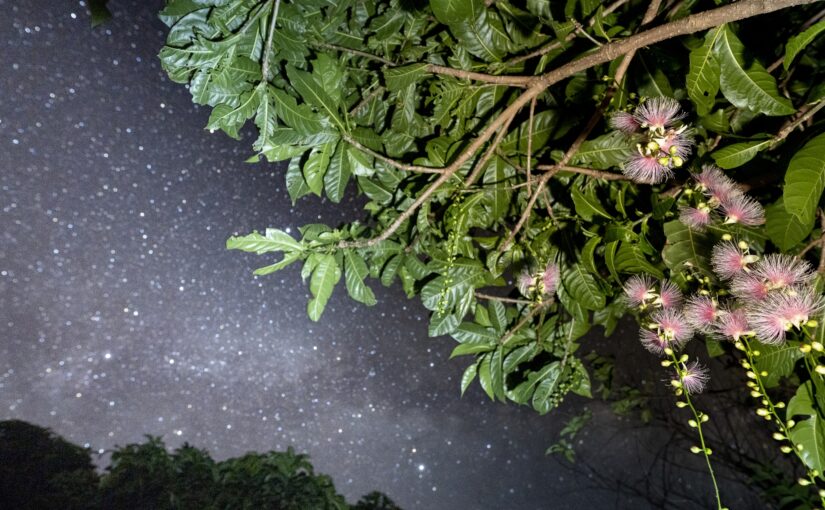 Iriomote Island Night Tour (star gazing) Night tour is recommended to see the deep nature of Iriomote Island! If you come all the way to Iriomote Island, it would be a waste if you don't enjoy the island until night! (14 in total) アクティビティの詳細を見る
Iriomote Island Night Tour (star gazing) Night tour is recommended to see the deep nature of Iriomote Island! If you come all the way to Iriomote Island, it would be a waste if you don't enjoy the island until night! (14 in total) アクティビティの詳細を見る
Preparation and points to make observation more fun☆.
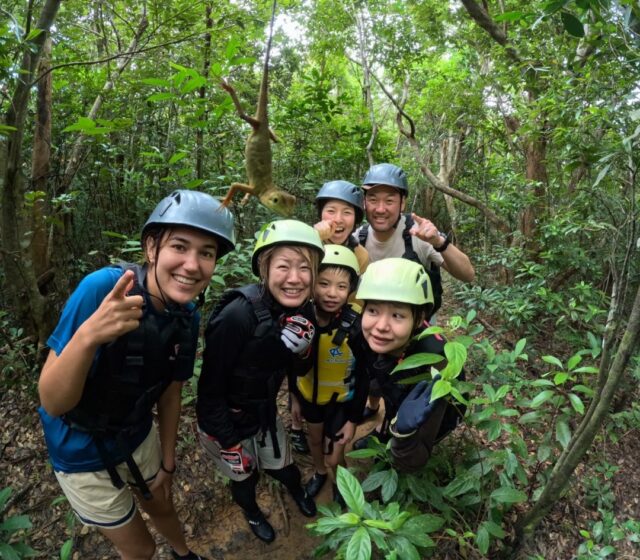
To enjoy plant observation in Iriomote Island more comfortably and safely, advance preparation is very important.
Just by getting your clothes and belongings in order, you can get much closer to nature! Each tour will be explained in detail.
Recommended items to bring and wear for plant observation
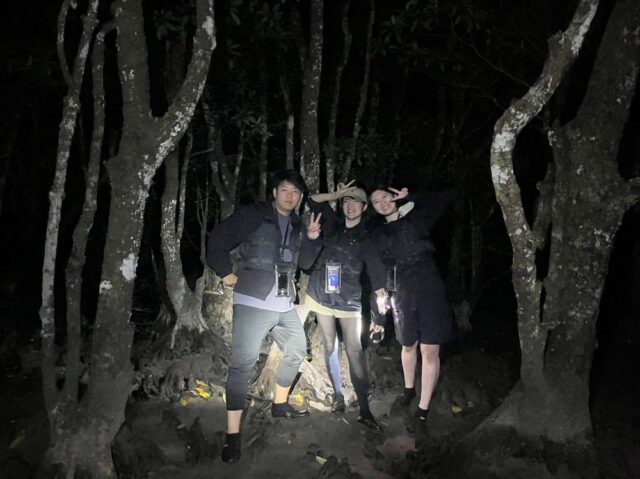
Clothing.Waterproof shoes, long sleeves and long pantsThe basic rule of thumb is to bring what you need with you. We will also introduce recommended personal belongings so that you can enjoy comfortable plant observation with the necessary items.
◆ Caps
◆Waterproof shoes, long sleeves and long pants
<Things to take with you
◆Insect repellent spray
◆Rainwear
◆Replacement socks
◆ binoculars, botanical illustrations and notepads
◆ Waterproof case for camera and smartphone
No worries even for beginners! The charm of guided tours♪
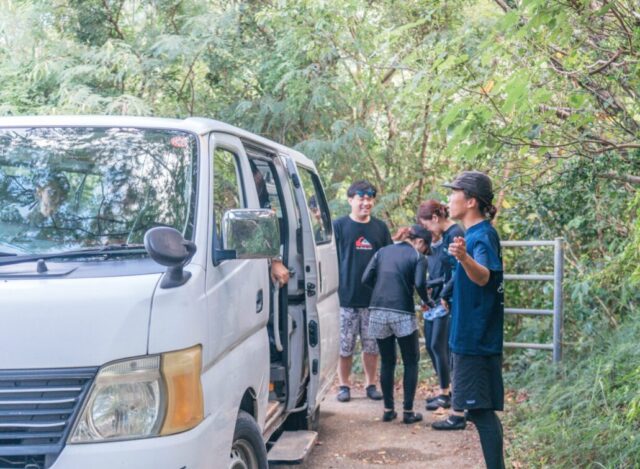
Guided tours are offered by knowledgeable experts who will explain the highlights and characteristics of the plants in an easy-to-understand manner,Beginners don't need to worryYou can participate in the event as a member.
The park also takes full care of safety management and environmental preservation, making it possible to have a nature-friendly observation experience! Another great attraction is that you can listen to the unique stories of the locals♪
summary
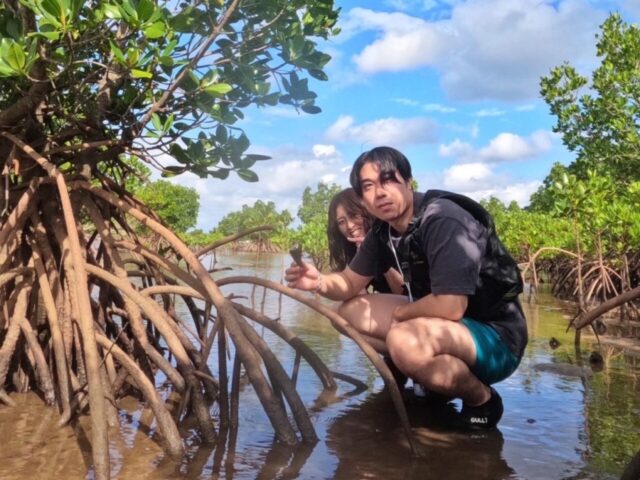
Iriomote Island is a natural treasure trove of tropical plants and tropical rainforest charm♪
Please enjoy observing plants unique to Iriomote Island to the fullest while taking safety into consideration.
⬇︎ Read the article at ⬇︎
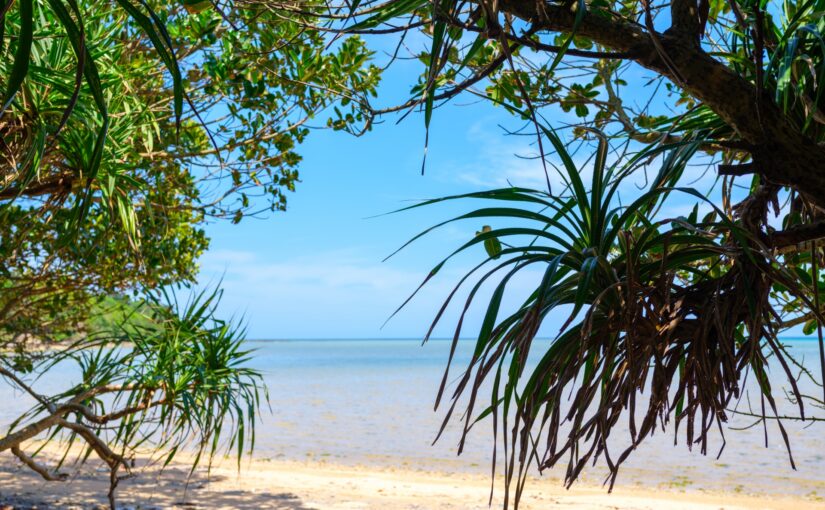 Enjoy the great nature of Iriomote Island! Complete Guide to Mangrove, Waterfall, and Night TourContents1 What is Iriomote Island, registered as a World Natural Heritage site? Thorough explanation of the undiscovered paradise of nature2 Attractions of nature experience in Iriomotejima mangrove forest2.1 Explore Iriomotejima mangrove forest by canoe tour! Let's experience the mangrove of Iriomote Island 2.2 Enjoy at Urauchi River! Jungle [...].
Enjoy the great nature of Iriomote Island! Complete Guide to Mangrove, Waterfall, and Night TourContents1 What is Iriomote Island, registered as a World Natural Heritage site? Thorough explanation of the undiscovered paradise of nature2 Attractions of nature experience in Iriomotejima mangrove forest2.1 Explore Iriomotejima mangrove forest by canoe tour! Let's experience the mangrove of Iriomote Island 2.2 Enjoy at Urauchi River! Jungle [...].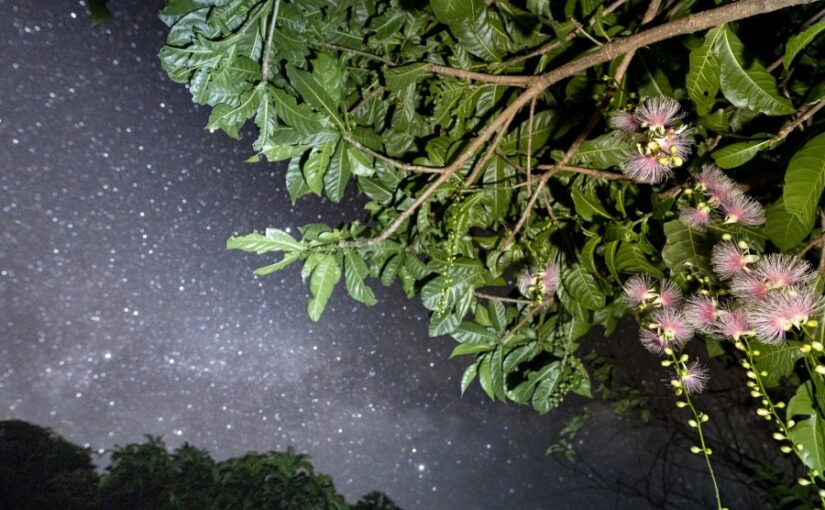 When is the best time to see and bloom Sagaribana in Iriomote Island? Recommended sagaribana viewing tours are also introduced!There is a flower you must see in Iriomote Island. It is a fantastic flower, sagaribana, which blooms only one night, and can be seen only from the latter half of June to the middle of August!
When is the best time to see and bloom Sagaribana in Iriomote Island? Recommended sagaribana viewing tours are also introduced!There is a flower you must see in Iriomote Island. It is a fantastic flower, sagaribana, which blooms only one night, and can be seen only from the latter half of June to the middle of August!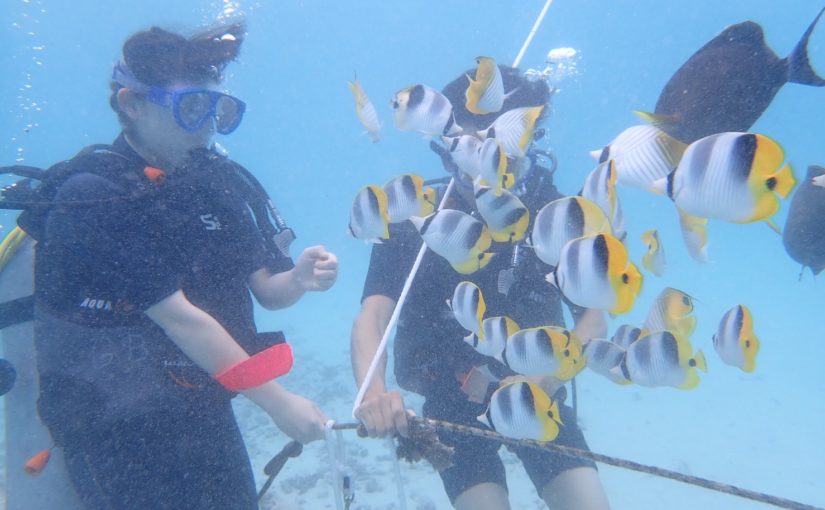 There are many rare creatures in Iriomote Island! Let's go see Iriomote wild cat and coconut crab!Do you have an image of Iriomote Island? Since it is called the Galapagos of the East, many people have an image of rich nature and creatures. This time, I will introduce plants and creatures unique to Iriomote Island!
There are many rare creatures in Iriomote Island! Let's go see Iriomote wild cat and coconut crab!Do you have an image of Iriomote Island? Since it is called the Galapagos of the East, many people have an image of rich nature and creatures. This time, I will introduce plants and creatures unique to Iriomote Island!
